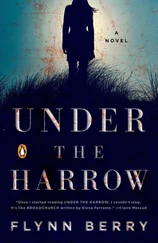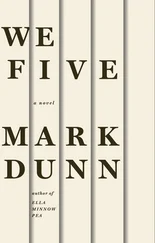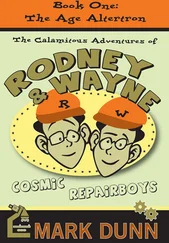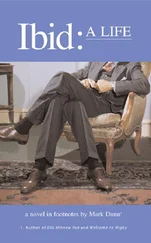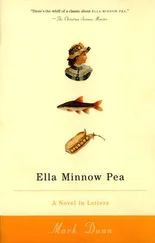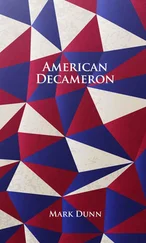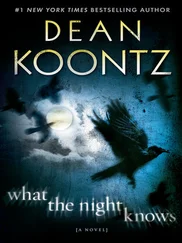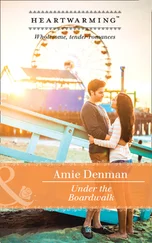In Dingley Dell, as I may have mentioned, it was hard to keep things from being known by all — unless it was a very big thing, something that put all the little pieces of intelligence to shame — something so large as to shape the very future of the Dell.
But Jemmy the stableboy, it now appeared, hadn’t been let in on the secret.
— NOTES—
THE ACADEMIC AND LENDING LIBRARY OF DINGLEY DELL, est. 1922. Dingley Dell’s only public library holds over 2,400 indigenous volumes in both published and manuscript formats. Its Special Collections Room maintains the “Outland Fruit Cellar Library” containing all of the Outland volumes discovered in August 1890, with the exception of the Encyclopædia Britannica, Ninth Edition , whose highly acidic textual pages have disintegrated over the years.
All volumes of the Encyclopædia or “Ensyke” have been transcribed and bound into booklets that comprise each of its thousands of subjects, although several booklets were noted missing in an inventory undertaken in 1953, the loss constituting a great setback to Dinglian scholarship, as no multiple safety copies had been transcribed at the time. Relevant lost booklets pertain to the following subjects: EDWARD BULWER LYTTON, SEA SERPENTS, LEGERDEMAIN, JENGHIZ KHAN, INFINITESIMAL CALCULUS, HYPOCHONDRIASIS, and BÉZIQUE (the card game, not the exotic dancer by that name). The booklet on the subject MERMAIDS AND MERMEN, lost for thirty-five years, was discovered in the cupboard of a recently-deceased Tavistocker in 1977, its reappearance gaining a great deal of attention for the Library and inspiring, a year later, the first of Milltown’s popular “Mermaid Balls.”
The walls of the Library have for many years been graced by the work of local artists, colour plates of illustrations and maps preserved from the Ensyke , and the Anastasia Jarndyce Collection of World Painting , which includes reproductions of Ensyke reproductions of works such as Botticelli’s The Birth of Venus , Lippi’s The Annunciation , Velasquez’s Portrait of Philip IV of Spain , and Reynolds’ Portrait of Dr. Johnson.
THE DINGLEY DIDDLERS, a group of whimsically ribald writers floruit 1940–1955 who wrote and distributed mildly salacious and occasionally grotesquely obscene verses and character portraits, often deliberately denigrative of members of the Petit-Parliament and other holders of high office in the Dell. Illustrative of their efforts, the following two limericks:
There once was a sawbones named Podsnap
Who enjoyed putting damsels on his broad lap.
He paid nary a price
Except for the lice
And a most obstinate case of the clap.
A gentle lady of breeding
Sat in her garden a’weeding,
When up from behind a shrubbery
Rose two naked lovers most loverly,
The lady no longer singular in her breeding.
Chapter the Twelfth. Tuesday, June 24, 2003
 ewman had returned to the wooded hills to spend the night. He was becoming a little used to sleeping lightly upon a bed of moss and keeping himself alert to anyone who might wish to disturb his slumber. There was now an even greater reason not to let down his guard: according to Miss Wolf, there were people in the Outland who wanted to kill him. This thought invaded his dreams and strengthened his resolve to return to Dingley Dell as soon as he was able.
ewman had returned to the wooded hills to spend the night. He was becoming a little used to sleeping lightly upon a bed of moss and keeping himself alert to anyone who might wish to disturb his slumber. There was now an even greater reason not to let down his guard: according to Miss Wolf, there were people in the Outland who wanted to kill him. This thought invaded his dreams and strengthened his resolve to return to Dingley Dell as soon as he was able.
It was hunger that now brought Newman down from the hills at the break of day. Before the town of Jersey Shore had even risen, the boy had succeeded in finding for himself sufficient victuals within a rubbish container behind a large food market. Newman was careful to take into his delicate Dinglian digestive tract only nuts and biscuits and other comestibles that were not prone to rapid spoilage. Already, he was feeling sour in the stomach and not at all himself, and he didn’t wish to make things worse by ingesting contaminated edibles that would leave him inconveniently crampish and runny.
After Newman had taken his fill from the large rubbish container (my nephew having never before seen so great a stock of discarded food), he turned his steps in the general direction of Dingley Dell with the sun as his morning guide. Newman vowed to shorten his three-day journey by a full day — that is, if the weather remained clement and if his Dinglian shoes continued to hold themselves securely upon his feet and if he was not stopped along the way by any of those who wished to do him harm, and if — finally — he could navigate his way through the woods, where the sun did not shine, and trust the moss that generally grew on the northern side of the trees to act as his bryophitic compass. (This was a navigational rule of thumb that Newman had learnt in school and then promptly forgotten only to recall it again when he saw a large roadside advertising board promoting patronage at the Home Run Travel Agency through use of the catch phrase “A rolling stone gathers no moss.”)
No more than two blocks from the large food market where he had procured his breakfast stood a schoolhouse. It was like no other schoolhouse he had ever seen, for it had a very flat roof and a great many windows that connected themselves one to another in long rows. Although there was a sign in the front that said “Jersey Shore Area Elementary School,” he would have correctly guessed the building’s purpose from the number of children who played upon its front lawn. There was also a large yellow horseless carriage parked in front. It had the words “School Bus” imprinted on its side. Judging from the word “bus” and from the number of seats inside, Newman supposed that this must be some sort of Outland omnibus especially designed to transport children to the school and then to transport them home again.
Yet, curiously, there were no children alighting from the vehicle at this early hour. Instead, they were climbing up and into the omnibus, some of the smaller ones being handed up by attentive men and women who very well could be their mothers and fathers. Newman could not keep his curiosity in check and approached a boy who seemed to be the same age as he. The boy was sitting upon the kerb of the street and eating something from a small colourful bag.
“Good morning,” said Newman to the boy.
“Hi,” said the boy, squinting up at Newman through the thick lens of his heavy spectacles.
“Where is everyone going?”
“The Reptilarium.”
The destination’s name sounded familiar to Newman’s ear, but he could not at that moment remember how it had come to his kin.
“Are you going, too?” asked Newman.
“Uh huh,” said the spectacled boy, nodding.
“What is the Reptilarium?”
The boy, who had a studious look and reminded Newman a little of Dinglian boys who read too much and always knew the answer to every question (not the sort of boys that Newman ever counted amongst his close friends), sniffed a little and rubbed his wet nose upon his sleeve and seemed happy to inform Newman of everything there was to know about the Reptilarium: “You’ve never been there? It’s great. My dad takes me maybe twice a year. The official name is ‘Clive and Clare’s Reptilarium,’ although everybody just calls it the Reptilarium. I don’t know who Clive and Clare are — maybe some famous herpetologists or something. Anyway, ‘Reptilarium’ isn’t exactly the right name for it, if you ask me, because it’s got more than just reptiles. It’s got some amphibians, too. Do you know what amphibians are?”
“Frogs?”
“Yeah. And salamanders and newts. I’m Gregory,” said the boy. “I don’t know you.”
Читать дальше
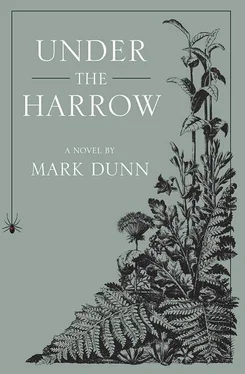
 ewman had returned to the wooded hills to spend the night. He was becoming a little used to sleeping lightly upon a bed of moss and keeping himself alert to anyone who might wish to disturb his slumber. There was now an even greater reason not to let down his guard: according to Miss Wolf, there were people in the Outland who wanted to kill him. This thought invaded his dreams and strengthened his resolve to return to Dingley Dell as soon as he was able.
ewman had returned to the wooded hills to spend the night. He was becoming a little used to sleeping lightly upon a bed of moss and keeping himself alert to anyone who might wish to disturb his slumber. There was now an even greater reason not to let down his guard: according to Miss Wolf, there were people in the Outland who wanted to kill him. This thought invaded his dreams and strengthened his resolve to return to Dingley Dell as soon as he was able.